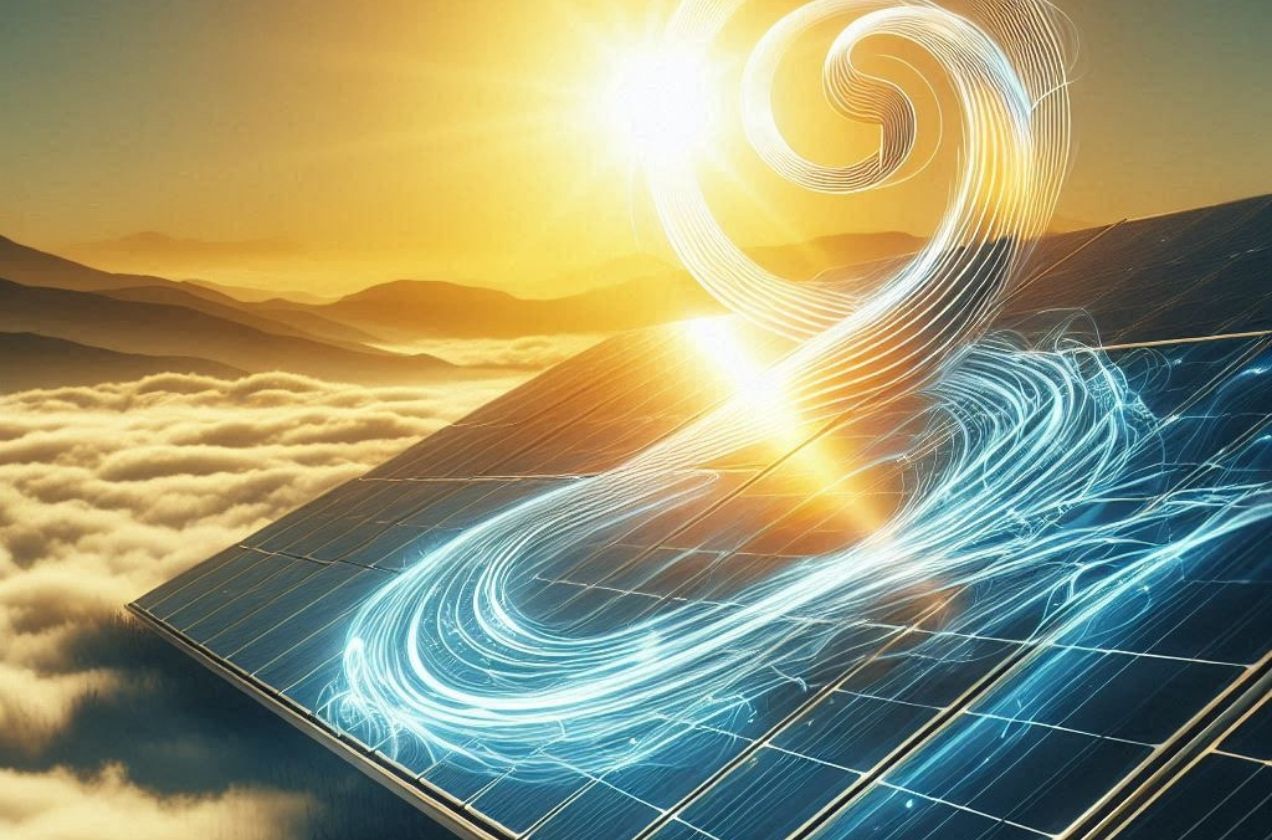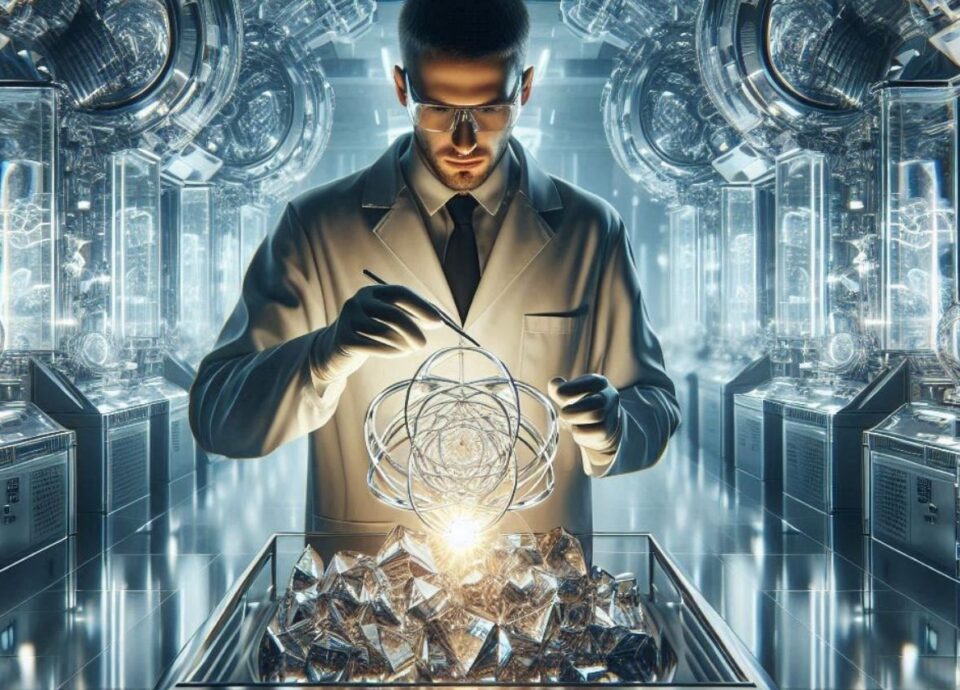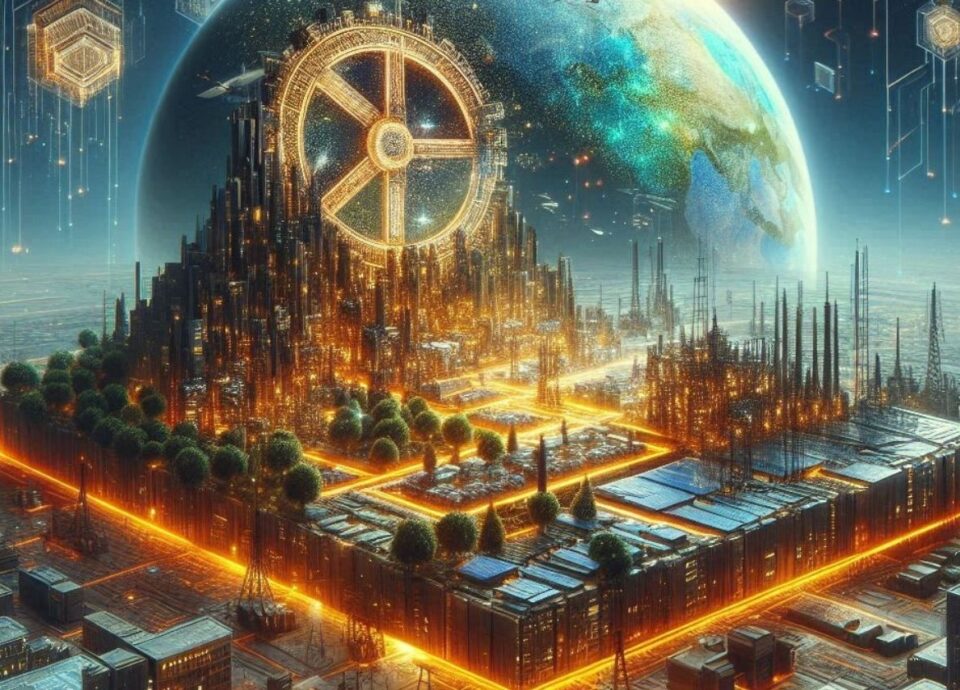In an era marked by climate challenges and rapid technological advancements, the shift toward clean energy has emerged as a pivotal solution for sustainable development. Clean energy, sourced from renewable resources such as solar, wind, hydro, geothermal, and biomass, is transforming the way we generate power and reducing our reliance on fossil fuels. This transition is not only critical for mitigating climate change but also for driving economic growth and enhancing energy security on a global scale.
The Imperative of Clean Energy
Traditional energy production methods, heavily reliant on fossil fuels, have long been associated with significant environmental and health hazards. From air pollution to greenhouse gas emissions, the negative impacts of carbon-intensive energy sources are extensive. Clean energy, by contrast, offers a cleaner alternative, promoting air quality improvement, reducing pollution, and slowing down the pace of global warming. It also helps diversify energy portfolios and reduces dependency on finite resources, thereby contributing to national and global energy security.
Breaking Down Clean Energy Technologies
Solar Energy
Solar power harnesses the energy radiating from the sun using photovoltaic panels or concentrated solar power systems. It is one of the most abundant energy sources available and has seen dramatic cost reductions in recent years, making it an increasingly attractive option for both residential and commercial use.
Wind Energy
Wind power utilizes turbines to convert kinetic energy from wind into electricity. Coastal areas and open plains are particularly suitable for wind energy installations. Wind farms, both onshore and offshore, have become a common sight worldwide, making a substantial contribution to regional power grids and offering a sustainable solution with minimal environmental footprint.
Hydropower
Hydropower, generated from the natural flow of water in rivers and dams, is one of the oldest and most established forms of clean energy. It provides a reliable and steady energy supply but must be managed carefully to balance ecological impacts on river systems and local wildlife.
Geothermal and Biomass Energy
Geothermal energy taps into the Earth’s internal heat to produce power and provide heating solutions, while biomass energy converts organic materials into usable energy. Both sources offer renewable alternatives that can be locally sourced, reducing transportation costs and supporting regional economies.
The Economic and Social Benefits
Investing in clean energy has far-reaching benefits. Economically, the growth of the renewable energy sector has spurred job creation in new technology fields, manufacturing, installation, and maintenance services. Countries that invest in clean energy technologies can develop local industries, reduce energy imports, and enhance their technological capabilities.
On the social front, clean energy projects contribute to community development by providing reliable and affordable energy access, particularly in remote or underdeveloped regions. This, in turn, promotes better education, healthcare, and overall quality of life. Moreover, cleaner air and a healthier environment lead to reduced public health costs and improved life expectancy among communities.
Overcoming Challenges and Embracing the Future
Despite its benefits, the transition to clean energy is not without challenges. Integrating renewable energy into existing power grids requires innovation in energy storage, transmission infrastructure, and smart grid technologies. Investments in research and development, along with supportive policies and regulatory frameworks, are crucial to overcome these hurdles.
Conclusion
Clean energy stands as a cornerstone of a sustainable future. Its ability to provide reliable, environmentally friendly, and economically viable energy is transforming industries and communities around the globe. By embracing clean energy solutions, we have the opportunity to create a resilient energy infrastructure that safeguards the planet for future generations while powering progress today. The journey to a cleaner, brighter future is ongoing, and the pursuit of renewable energy excellence is more critical now than ever before.




